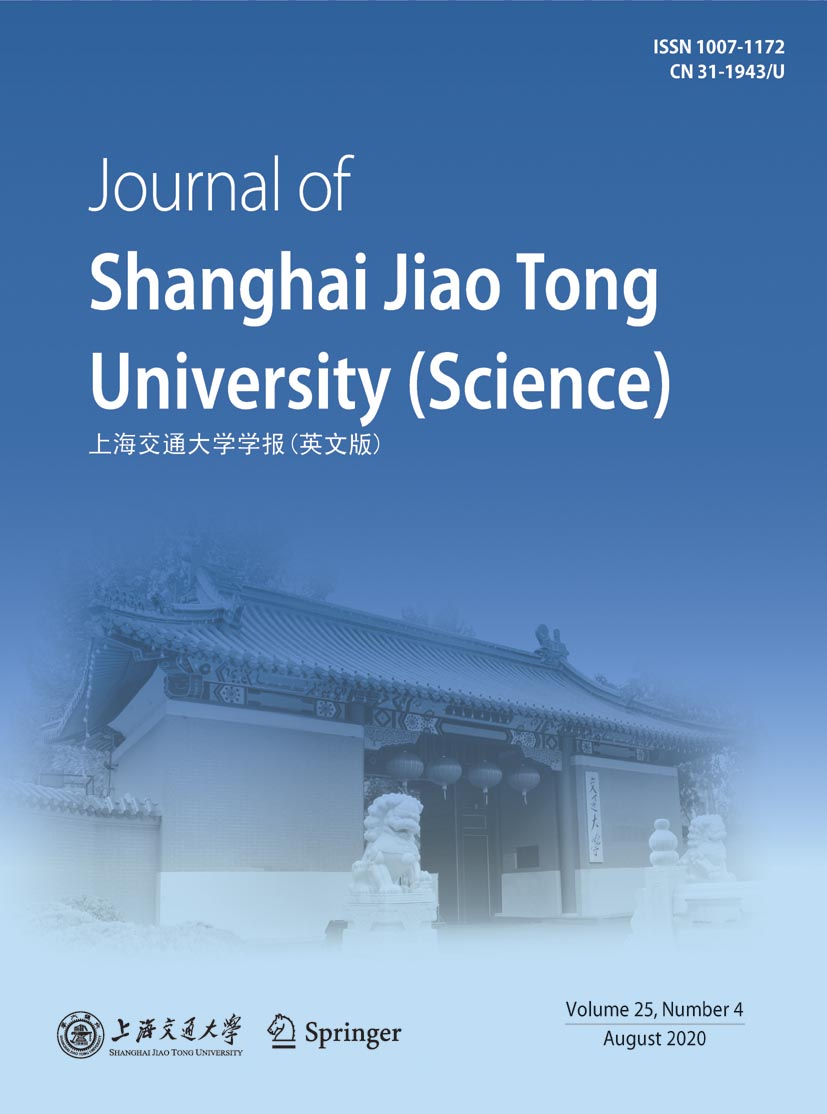|
|
Effect of Wall Deformation on Dewatering-Induced Ground Surface Settlement
NAI Kimsrorng, LI Mingguang, CHEN Jinjian
2020, 25 (4):
417-425.
doi: 10.1007/s12204-020-2207-y
In practice, dewatering for pressure relief is commonly undertaken during ongoing excavation to secure
bottom stability against basal upheaval. Simultaneously, through unloading, wall deflection is obviously observed.
Noticing that both cause soil deformations, this research is to study the effect of wall deformation on dewateringinduced
settlement. A coupled numerical analysis of finite-difference software is employed to model Shanghai
soft soils under multi-aquifer-aquitard systems (MAASs) by analyzing the results in association with an empirical
approach. Consequently, through gradual force reduction, shear strength at soil-wall interface is significantly
diminished. As wall deformation increases instantaneously upon lower loading, wall surface becomes deformedly
bending; this condition causes the challenge to workability of shear strength. Moreover, wall deformation caused
by unloading affects dewatering-induced settlement substantially. Under smaller loading, large wall deflection
is observed; soil plane of failure caused by both sliding and compression occurs along slip curve, with weaker
shear-strength soils at rD = 0.4 and stronger shear-strength soils between rD = 0.4 and rD = 0.65, where rD is the
distance from the wall that is normalized by the depth measured from ground surface. During dewatering, stronger
soils tend to drag weaker soils upward to reduce large differential settlements caused by additional compression.
Consequently, settlement becomes larger at rD = 0.4 and smaller at rD = 0.65. Remarkably, at rD > 2.3,
both settlement curves that result from numerical analysis and empirical method show overlapping; this indicates
that the unloading effect on dewatering-induced settlement at rD > 2.3 is insignificant. Furthermore, as wall
reaches maximum allowable wall deflection by 67% applied force, additional compression caused by dewatering
after loading remains smaller than that under 70% applied force, contributing to smaller dewatering-induced
settlement.
References |
Related Articles |
Metrics
|

